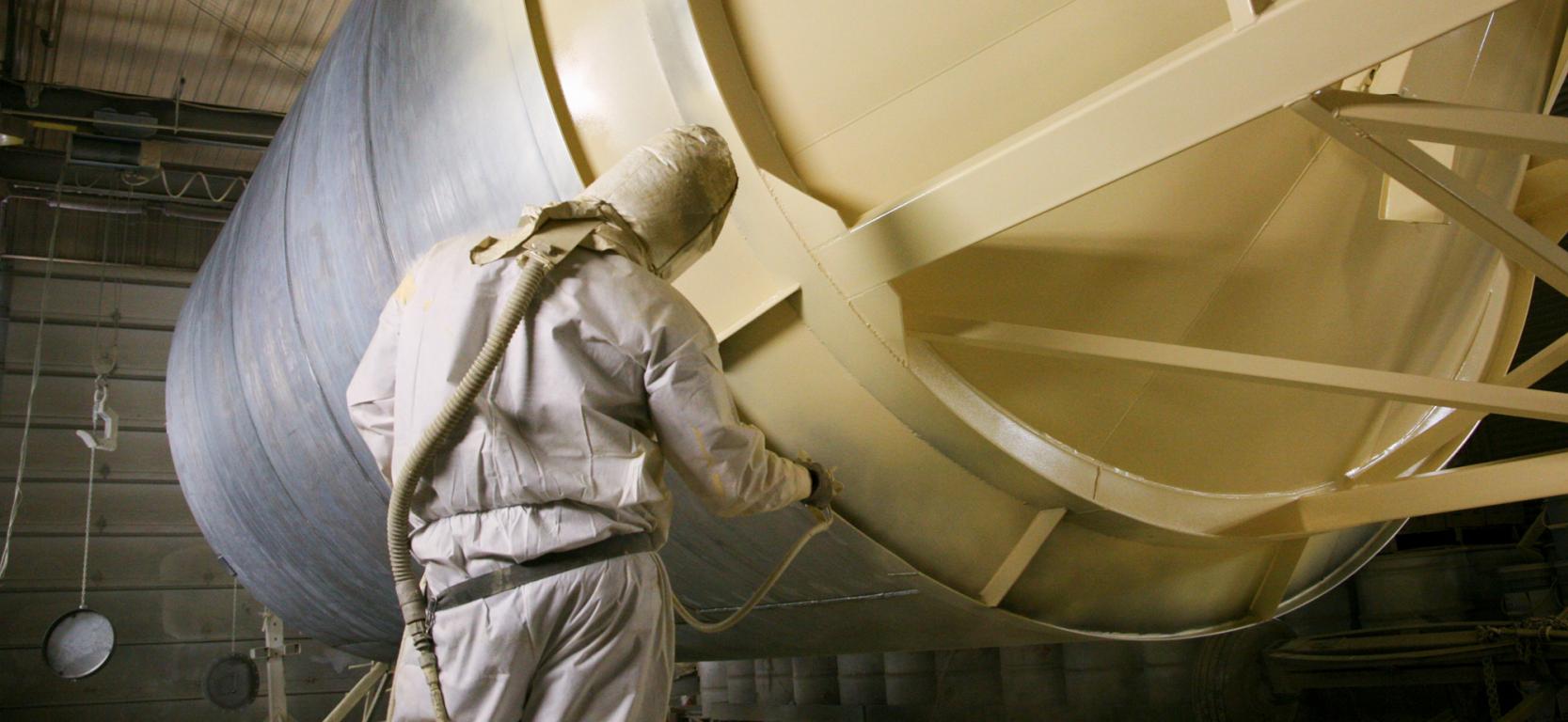Why is Particle Size Important?
Particle size of a material is extremely important because it influences several properties of the end product. It is a valuable indicator of quality and performance. It defines the functionality of the product in Coating Systems.
The particle size of pigments has long been recognized as important in defining the functionality of coatings systems. Particle size is related directly to the efficiency with which a pigment scatters light, with the scattering power increasing as particle size decreases. This in turn affects the opacity, tinting strength and the undertone associated with a given pigment. Reducing the particle size also improves the properties of the applied coating film, with both gloss and weather resistance increasing as the particle size decreases.
The particle size of pigments can affect the final appearance of the coated surface. For instance, a paint can be gloss, matt or satin, depending on the particle size. This effect is linked to phenomena of diffusion, reflection and refraction of light. Small particles produce uniform and glossier coatings, where the angle of incident light is close to the angle of reflected light. Rigid polymers and polyethylene modify the properties of the films. When the thickness of the film is too high, the quality of transparent and coloured coatings is affected. The finest particles reduce the imperfections of the film, whereas the chemical activity increases.
Keeping in mind the importance of low particle size, N.R.Colours Ltd has developed and started commercial operation of new grades of their product – TITOX® Micronized Buff Titanium Dioxide – The only available partial substitute of Titanium Dioxide.
NRC introduces new grades with very fine particle size and easily dispersible Micronized Buff Titanium Dioxide.
- TITOX® NANO – Particle Size D.90 < 2 µ.
- TITOX® ULTRA – Particle size D.90 < 5 µ.

These products find applications in all types of coatings for Industrial Paints.
Some of the applications are as below :
- Paints – undercoats & primers substitutes (in non-white undercoats and primers)
- Coil Coatings
- Constructive Chemicals (Fillers)
- Powder Coatings
- Industrial Coatings [Non-White undercoats & primers]
- Automotive Coatings/Auto Refinishes [N.C.Putty, P.U.Putty, Other Putty]
- Furniture Coatings [Non-White undercoats & primers]
- Anti-Corrosive Paints
- Architectural Coatings
- Synthetic Enamels
- Water based [Interior 2nd / 3rd Quality]
- Plastic Master batches
- PVC Linolium
- Art Materials [Water Colours, Wax Crayon]

